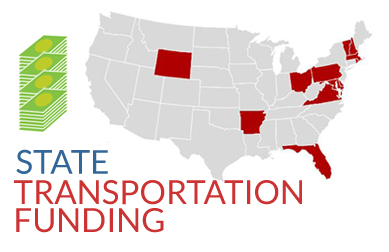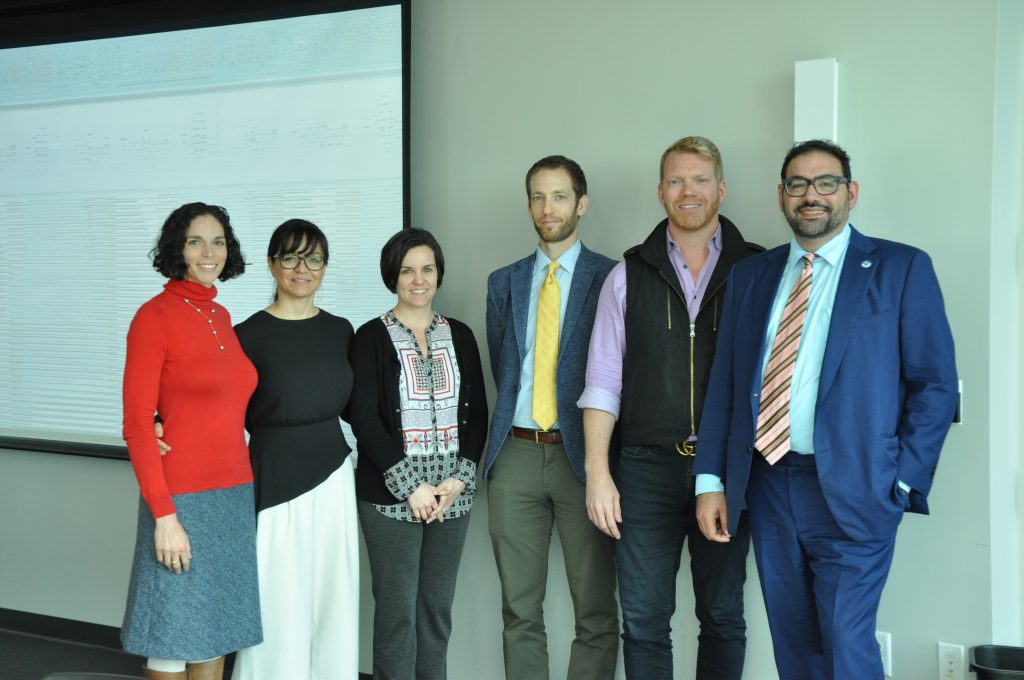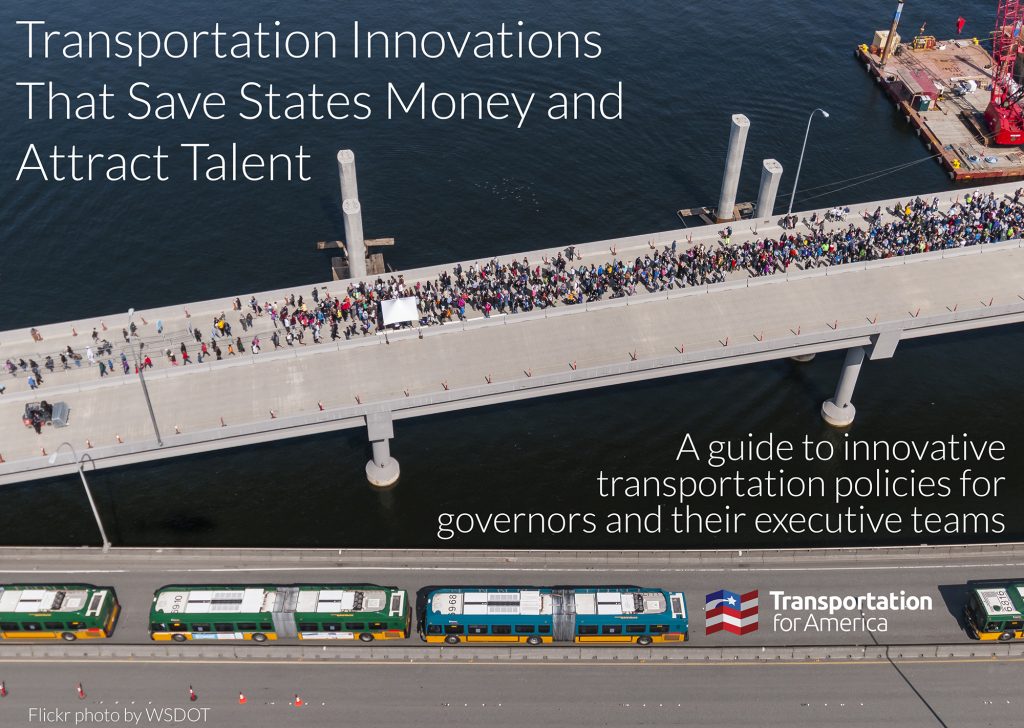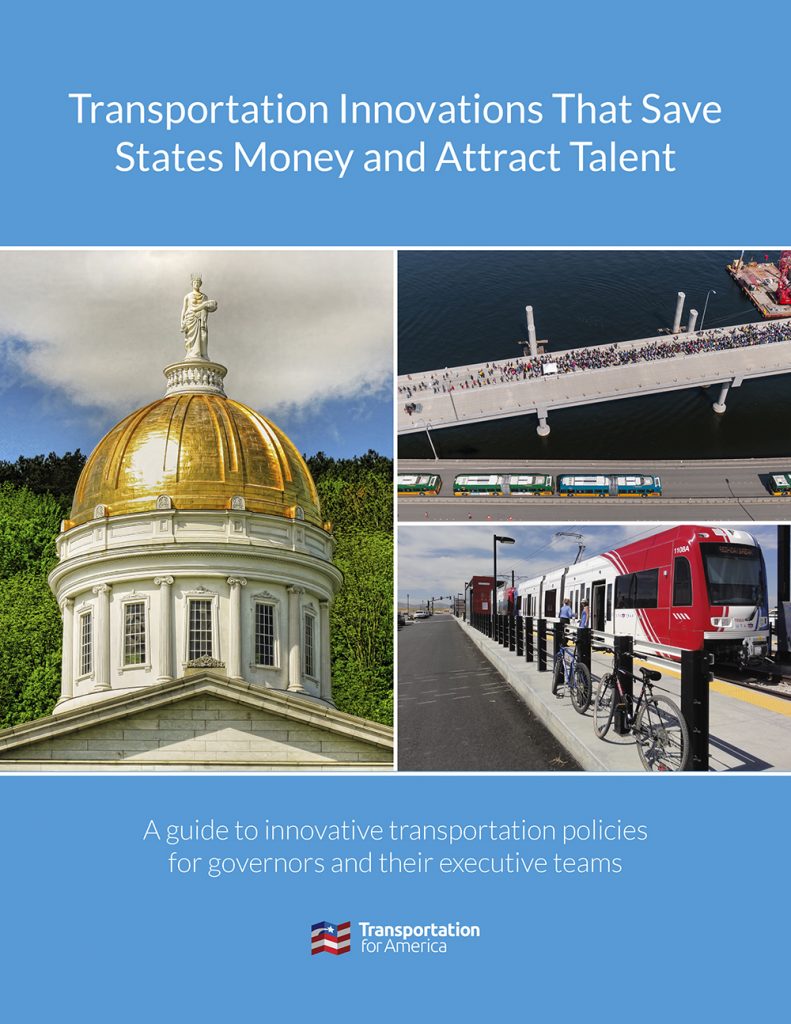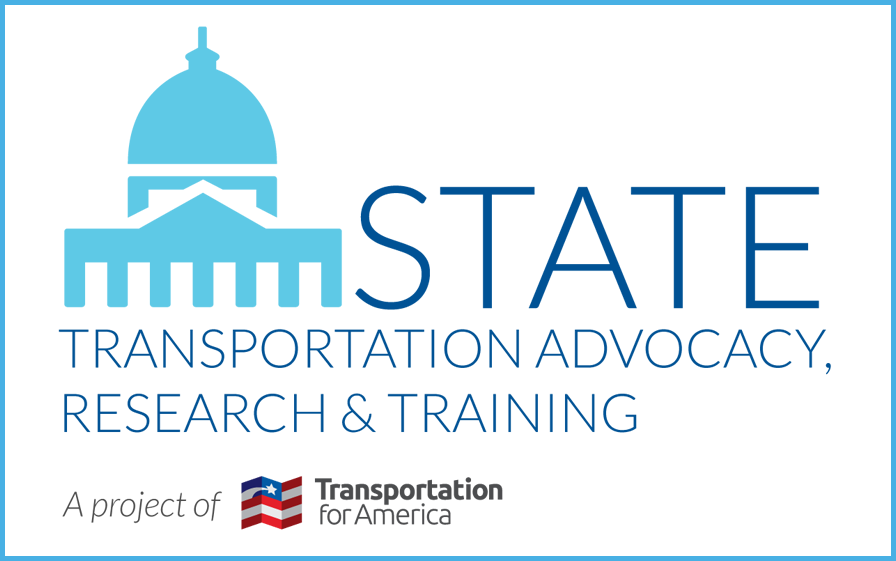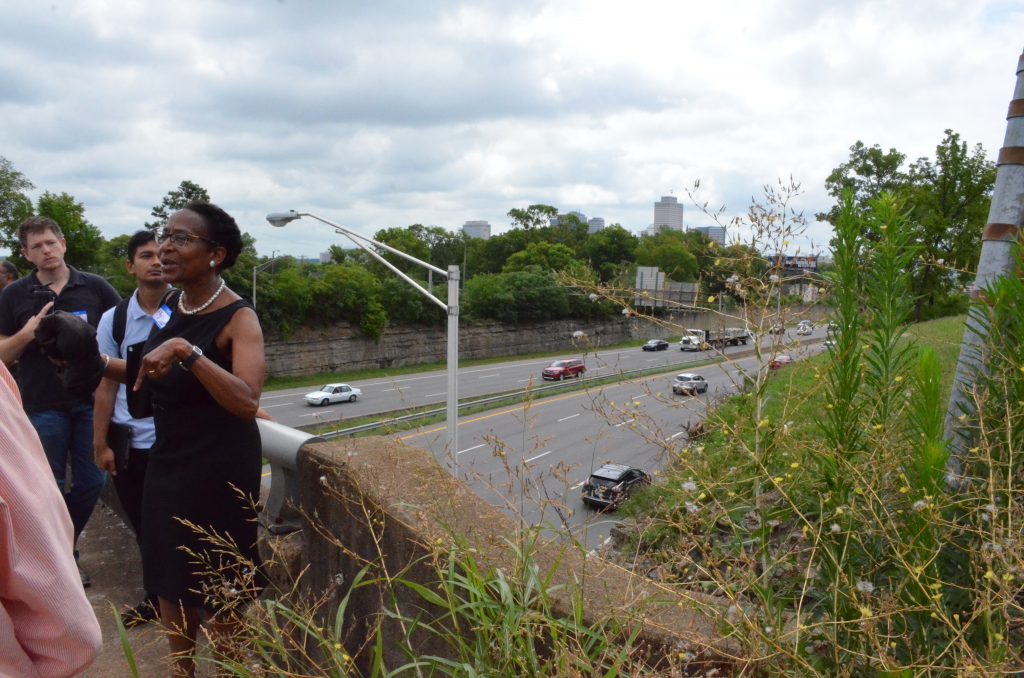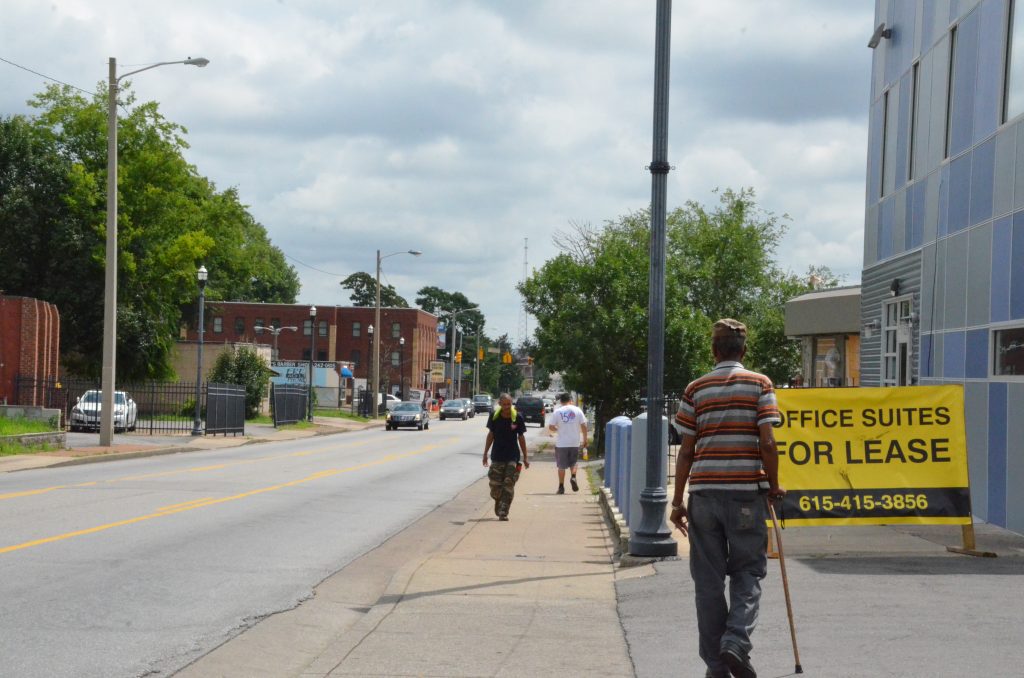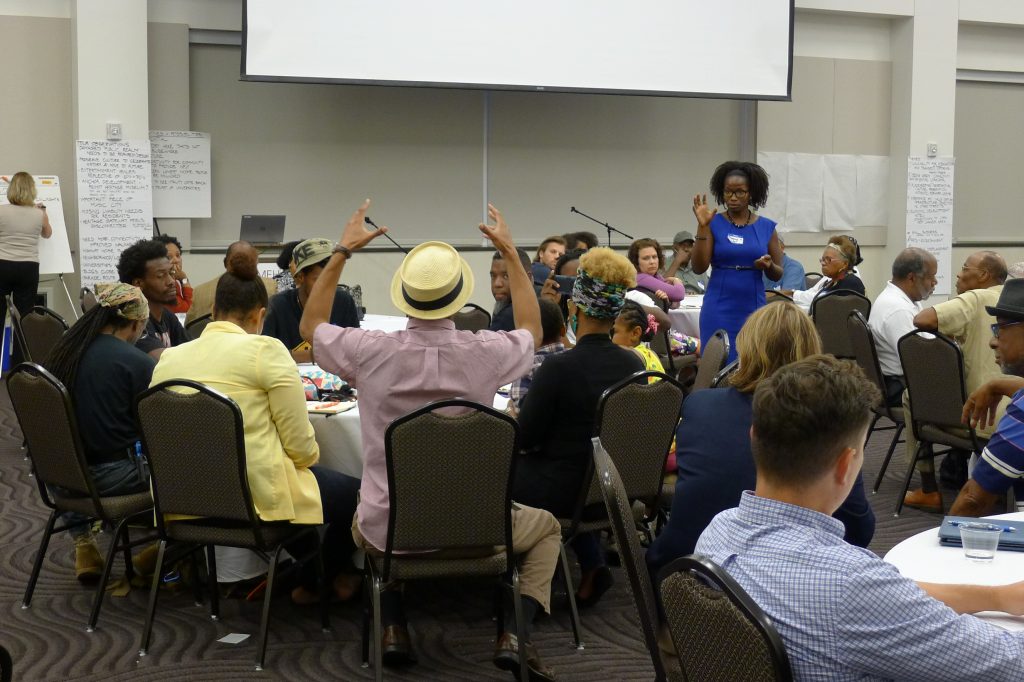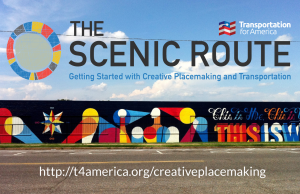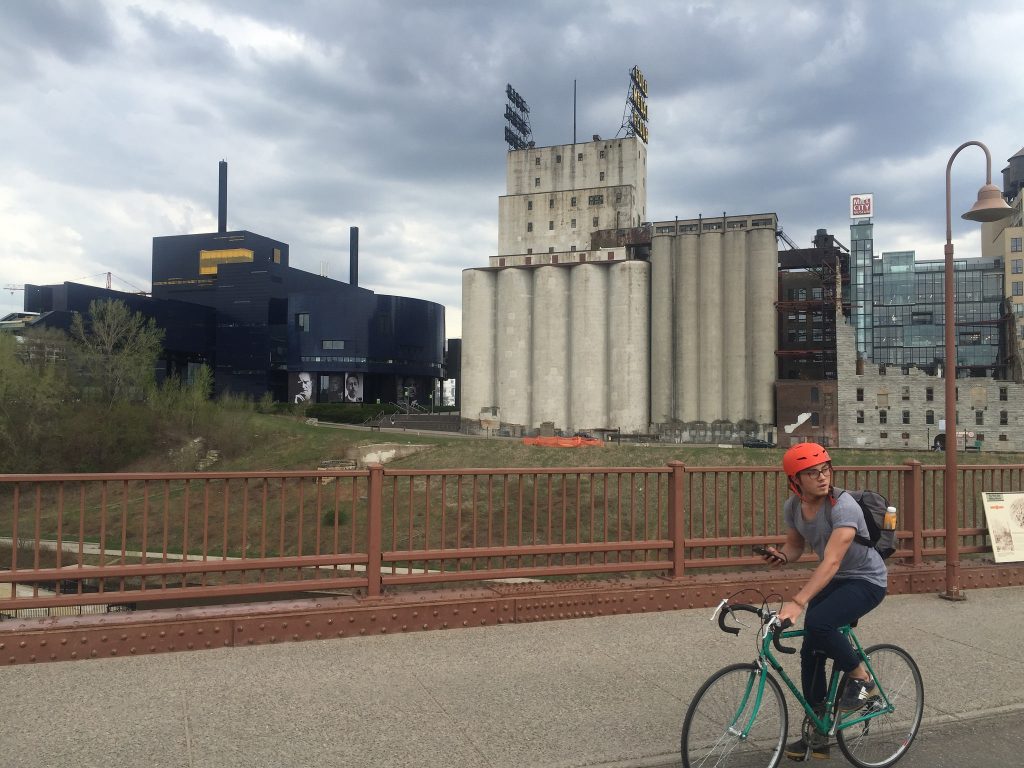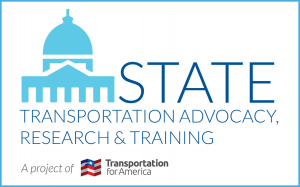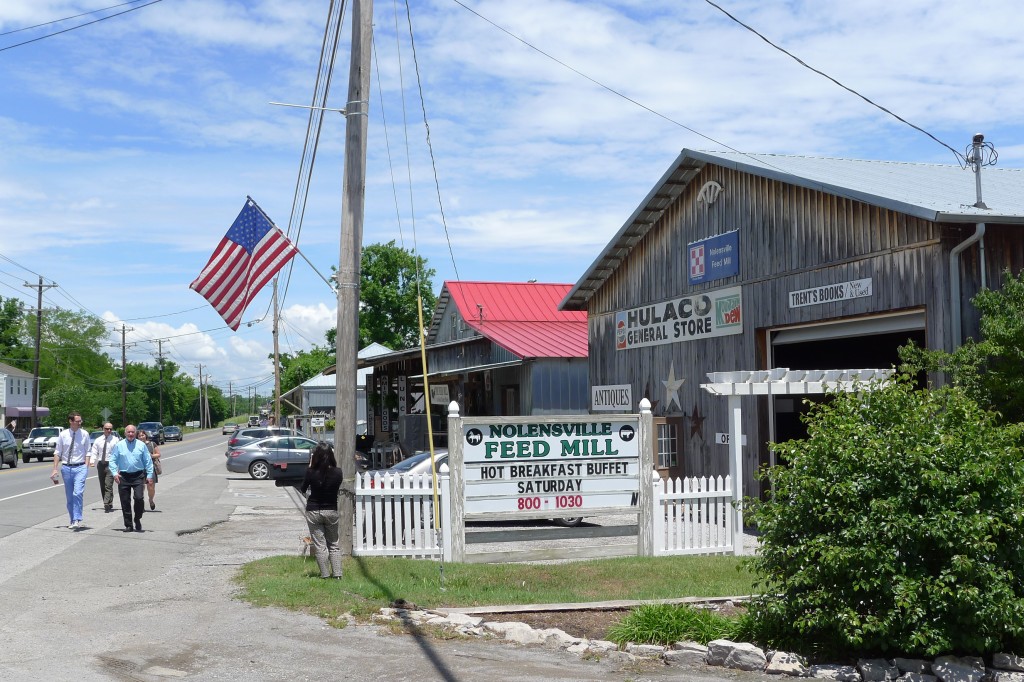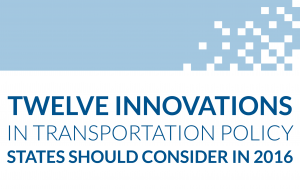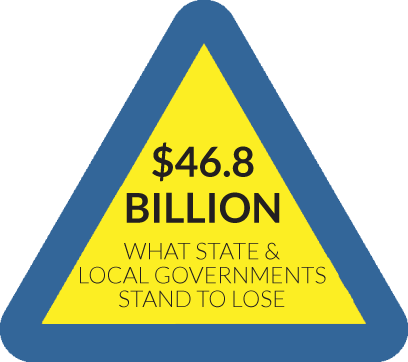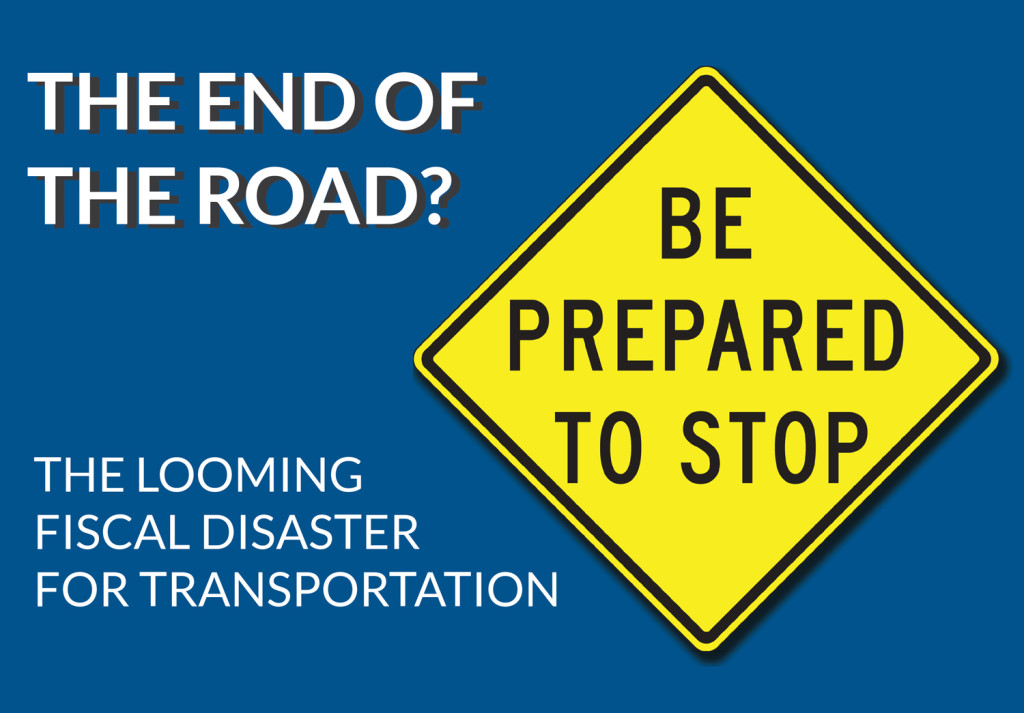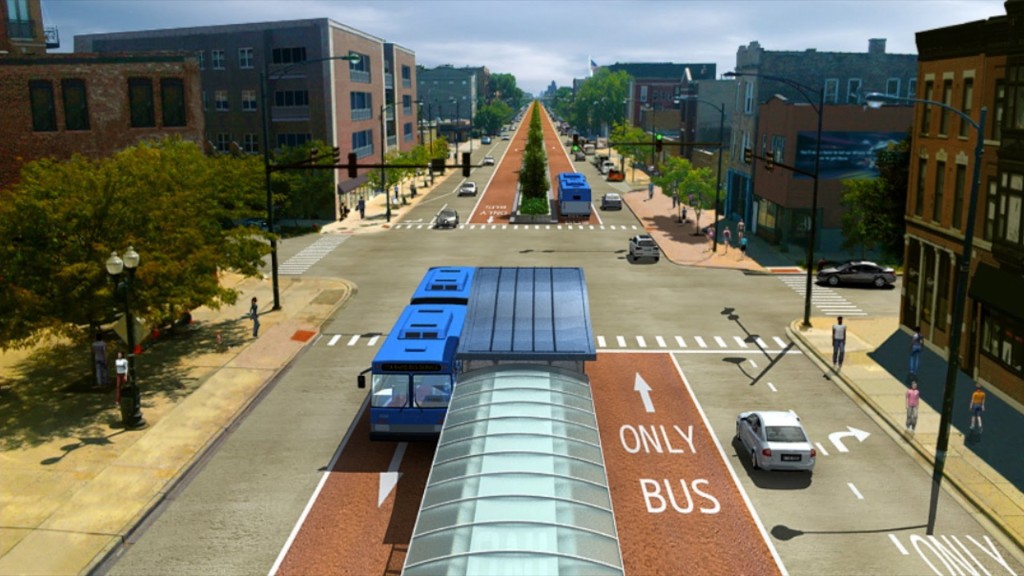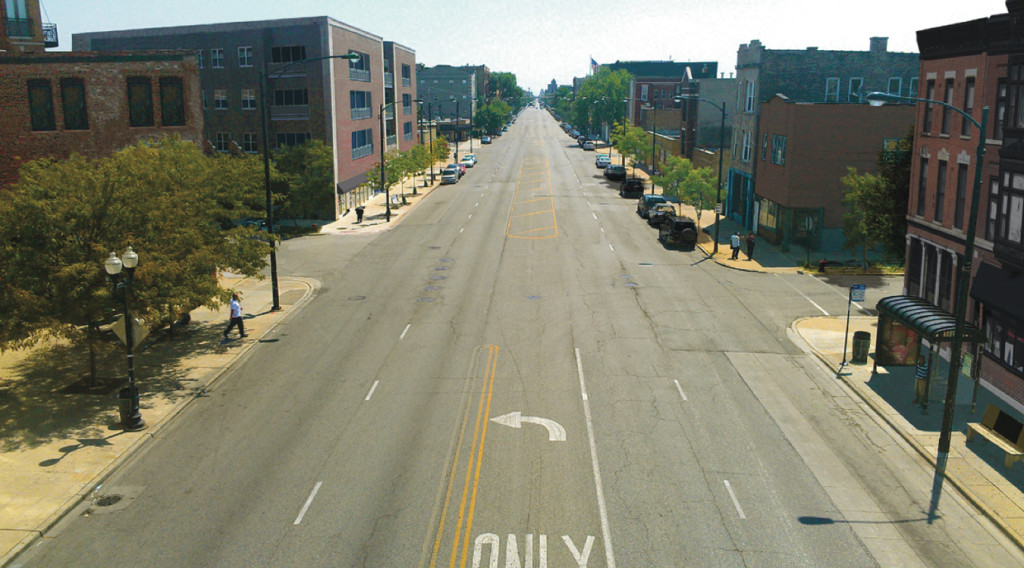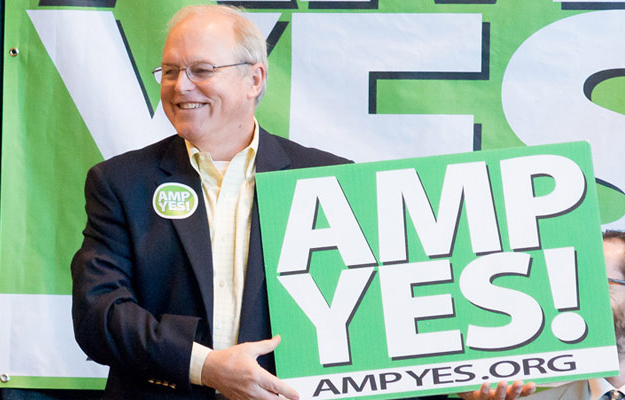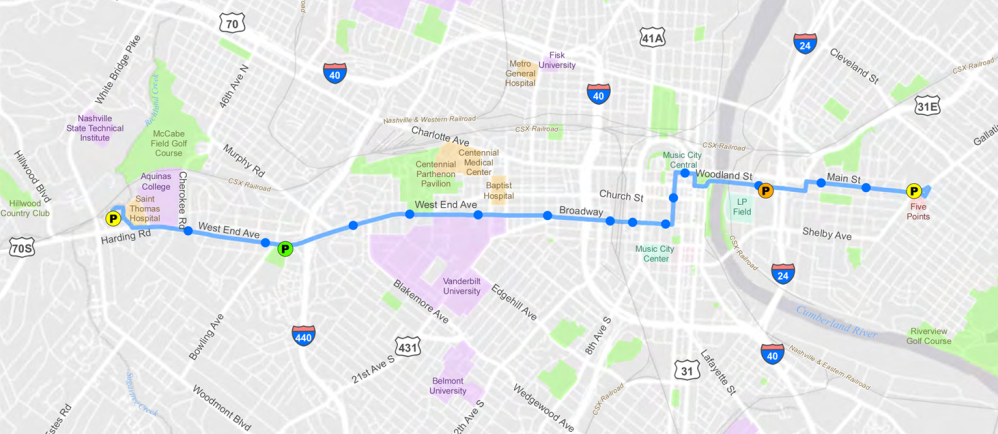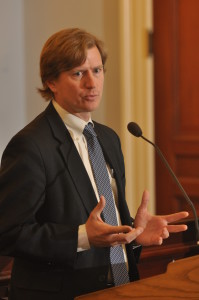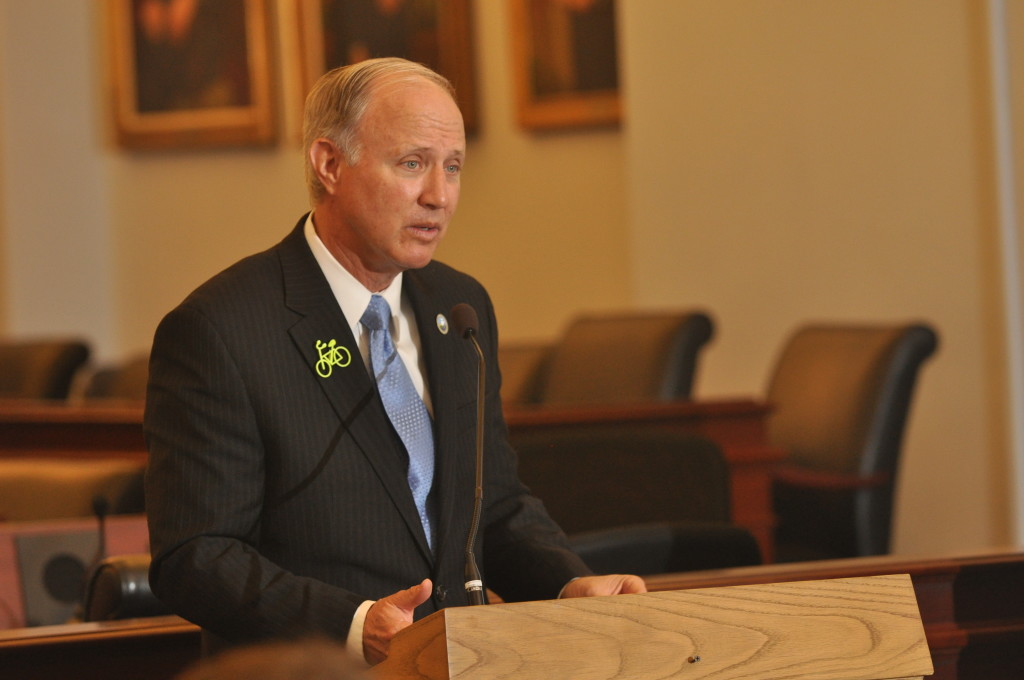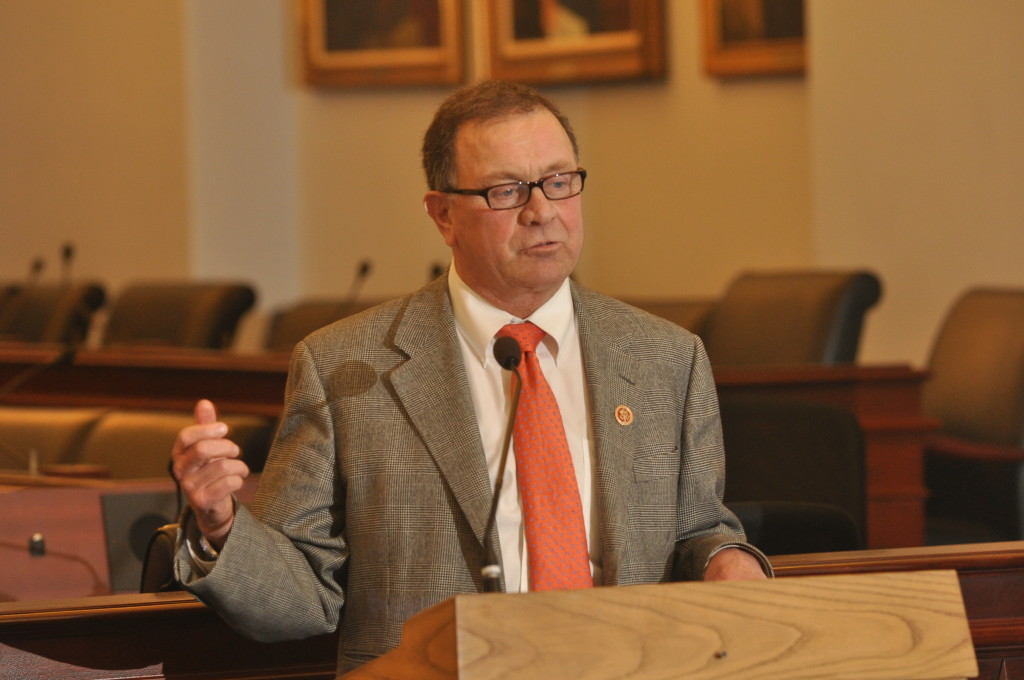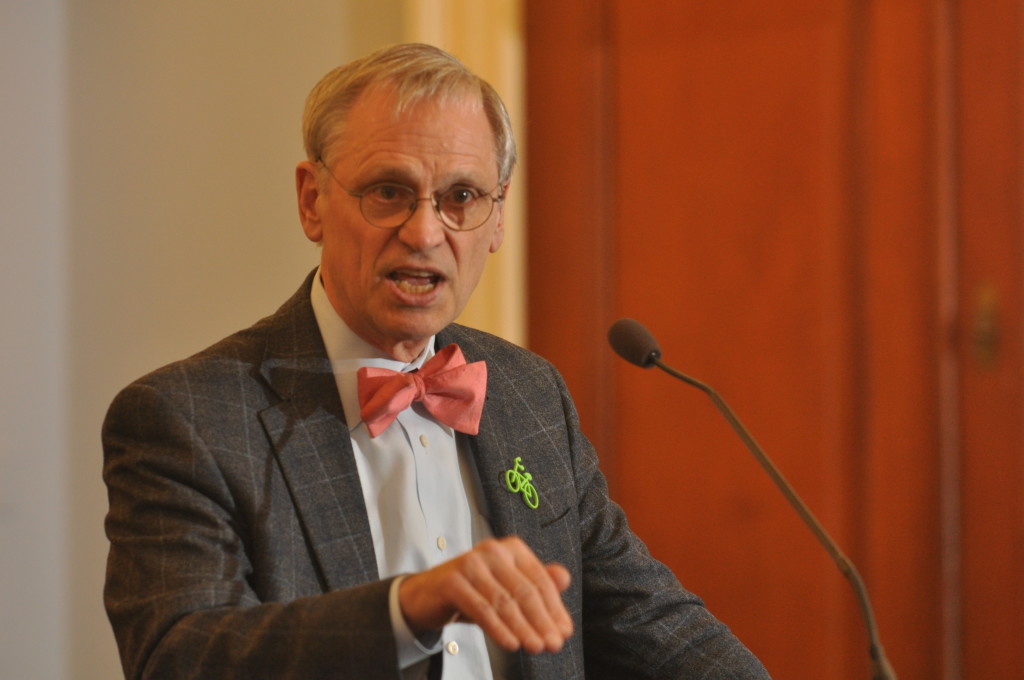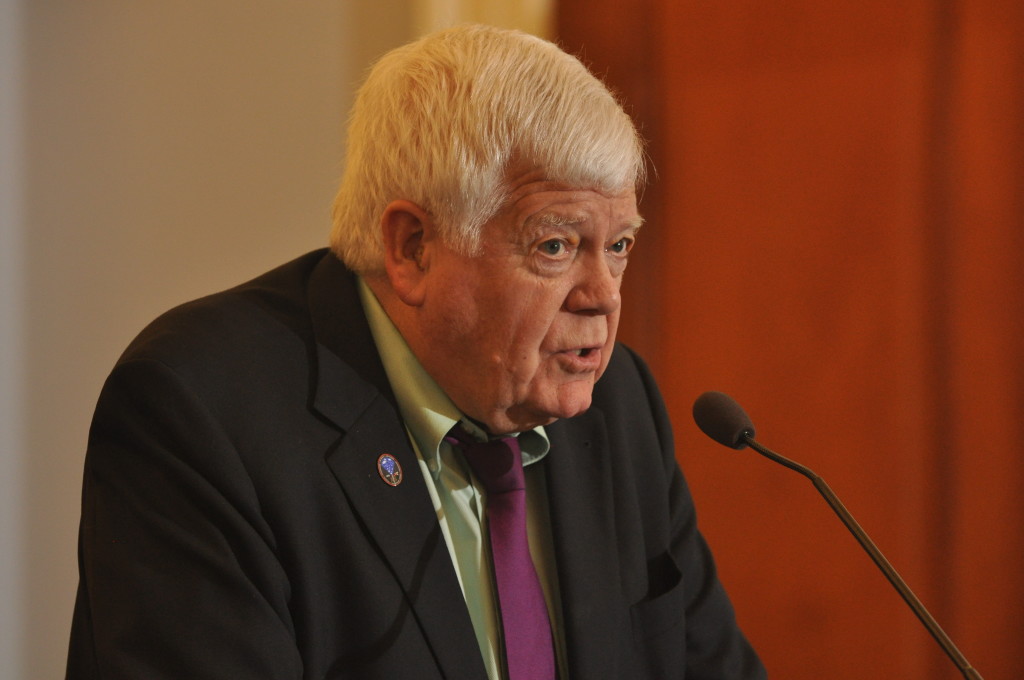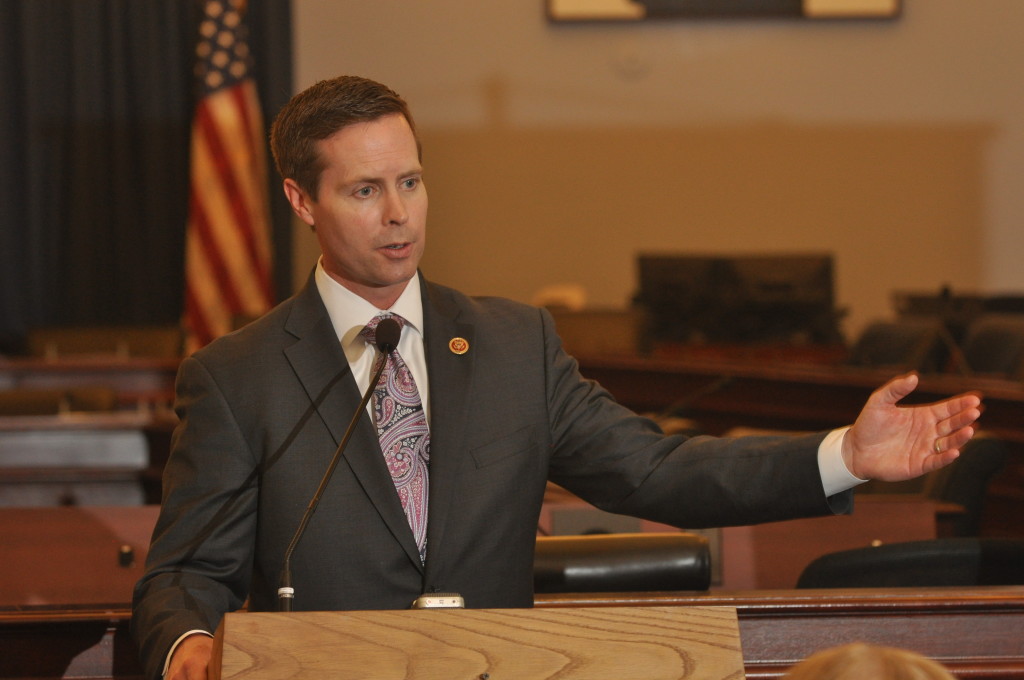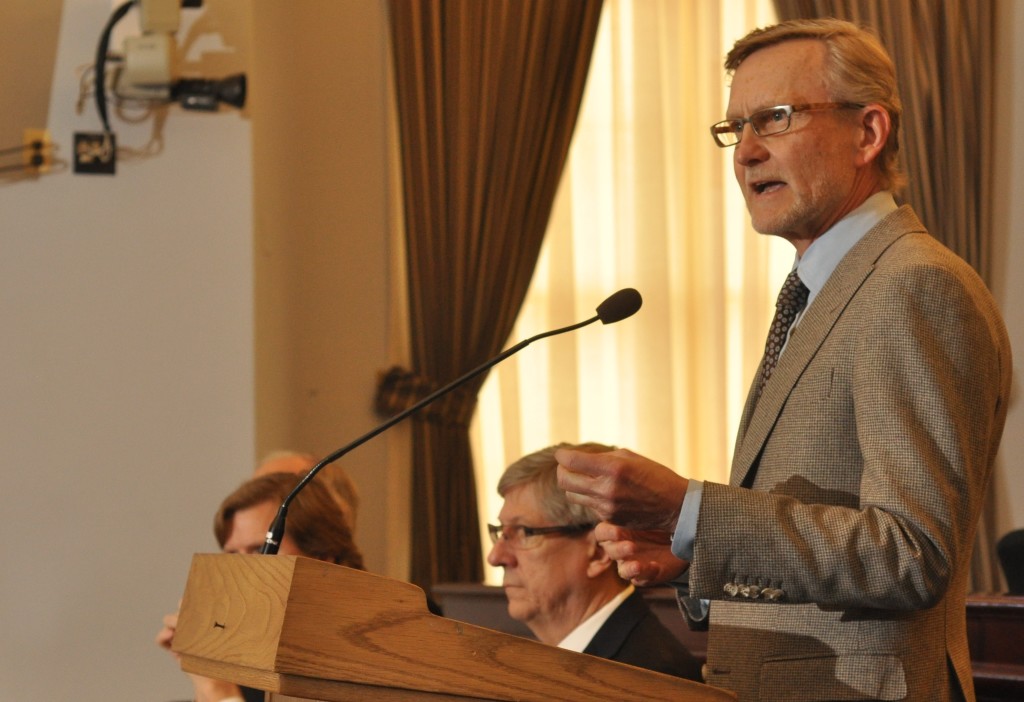
After well over a decade of effort, fast-growing Nashville finally passed a transit funding referendum, proving that patience, perseverance and learning from mistakes leads to success.
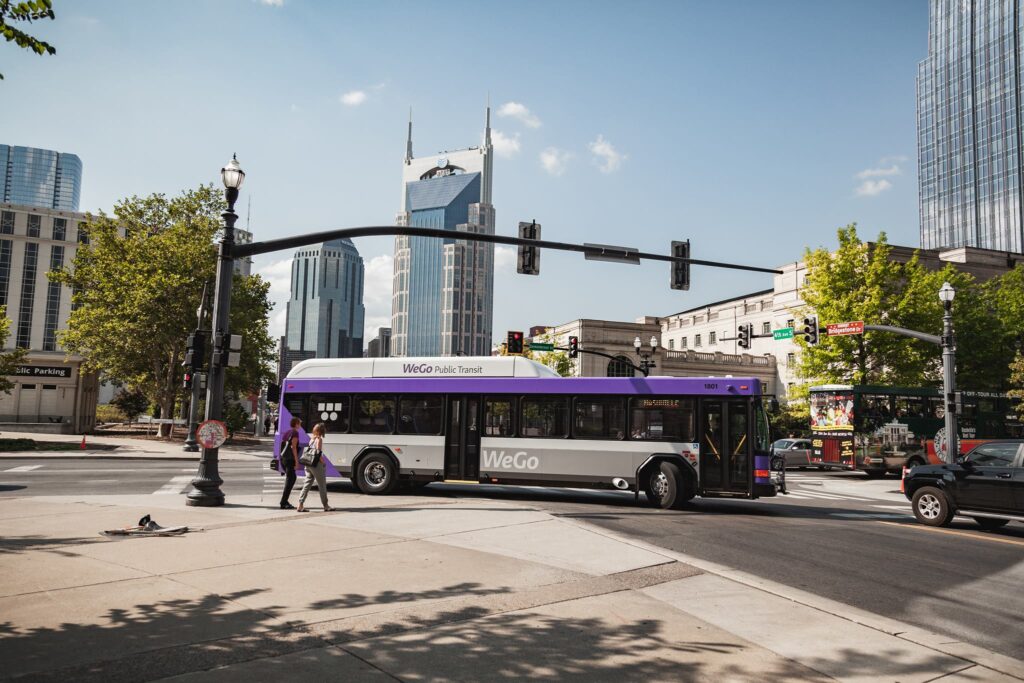
The November 2024 elections will leave a lot to unpack in the coming weeks and months. So it’s understandable that you might have missed that Nashville’s $3.1 billion “Choose How You Move” transit referendum passed resoundingly on Tuesday with 66 percent support. This half-cent sales tax increase for consolidated Nashville-Davidson County will fund bus rapid transit expansion, transit service and the construction of 86 miles of sidewalk, as well as safety improvements and Nashville’s first opportunity to meaningfully invest in smart traffic signals.
Nashville’s success comes after many years of work and a previous loss at the ballot box.
Back in 2015, Transportation for America (alongside TransitCenter) led a Transportation Innovation Academy with leaders from Indianapolis, Raleigh and Nashville to share knowledge, visit cities with inspiring success stories, and help develop the local leadership to advance their transportation and transit plans. Key business leaders from each region participated, along with mayors and city/county council members, real estate pros, housing industry experts and local advocates.
Both Indianapolis and Raleigh went on to pass transit funding measures in 2016. But Nashville’s first attempt—the “Let’s Move Nashville” referendum—failed hard in May of 2018, with 64 percent opposition. TransitCenter’s in-depth analysis of the ballot measure’s failure identified several key factors: The measure was developed in an insular fashion within the mayor’s office without broad community input, rushed forward without solid plans or robust public engagement, took African American support for granted, and failed to prioritize improving the city’s limited bus service.
This time was different!
Strong leadership and a good plan
Mayor Freddie O’Connell took ownership and took the lead, developing a plan that distributes benefits across the county. This included an emphasis on bus service that could deliver more transit to more neighborhoods, and synergistic improvements such as sidewalk infill, traffic signal upgrades and safety improvements that directly benefit non-transit riders.
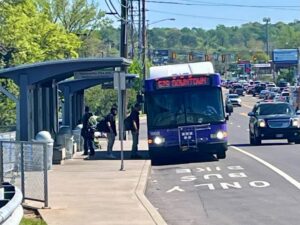
A large, diverse coalition of support
The Nashville Area Chamber of Commerce, a Transportation for America member, was a leading supporter just as they were in 2018. “This significant vote represents decades of work and is a triumph for Nashville’s future,” said Ralph Schulz, President and CEO of the Nashville Area Chamber of Commerce. “Mayor Freddie O’Connell deserves a great deal of credit for building a broad coalition of partners and developing a plan that people could get behind. With this investment, the Nashville region is now prepared to better capitalize on the opportunities it can provide its residents.”
The Chamber was joined by leading community groups. Supporters included the Urban League of Middle Tennessee, Nashville Organized for Action and Hope (NOAH), and Shift Nashville, a coalition of three leading voices on racial justice, Tennessee Immigrant and Refugee Rights Coalition, Equity Alliance and Stand Up Nashville, announced their strong support for the measure in August.
In the campaign to win the ballot measure, the only substantive opposition was from a small anti-tax group “Committee to Stop an UnFair Tax.” This was in contrast to the 2018 measure, which had significant opposition from local and national conservative groups, as well as the Black faith community, who weren’t engaged on the substance of the plan nor brought into the process early enough. The campaign’s catchy but simple core message of “sidewalks, signals, service and safety” helped convey the broad benefits of the measure.
“For the first time in our city’s history, we will have dedicated revenue for transportation improvements, and that’s going to allow us to finally chip away at our traffic and cost of living issues,” said Mayor Freddie O’Connell. “We all deserve more time with our friends and family and less time just trying to get to them. Throughout this process, Nashvillians have been clear. They want to be able to get around the city we all love more easily and more conveniently.”
More good news
The money that will result from this successful ballot measure is paired with some encouraging policy developments in the city. Mayor O’Connell issued an executive order on Complete Streets and the city has adopted a Vision Zero Action Plan that will guide investments. T4America’s sister program at Smart Growth America, the National Complete Streets Coalition, has been working with Nashville’s department of transportation to train their staff and others on Complete Streets and Vision Zero implementation. Earlier this year, Nashville and the Tennessee Department of Transportation participated in Smart Growth America’s Complete Streets Leadership Academy, during which they developed quick-build demonstration projects to improve street safety while strengthening their approach to community partnerships.
Nashville is one of the fastest growing regions in the nation, but with infrequent and unreliable transit service and scores of city streets lacking sidewalks entirely, their approach to transportation has been stuck in the past. Voters were ready to do something. And on Tuesday, patience, perseverance and learning from past mistakes paid off.




